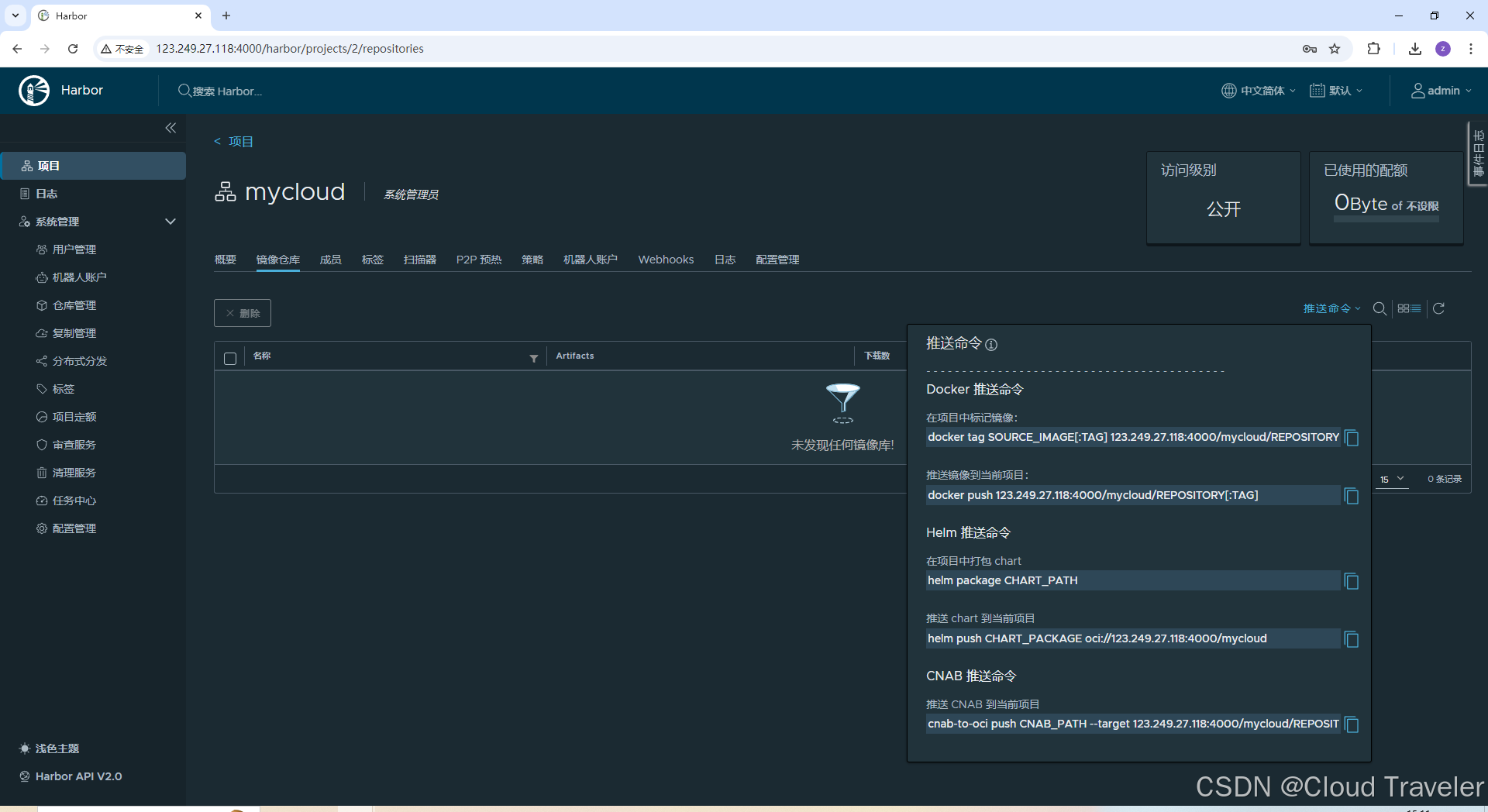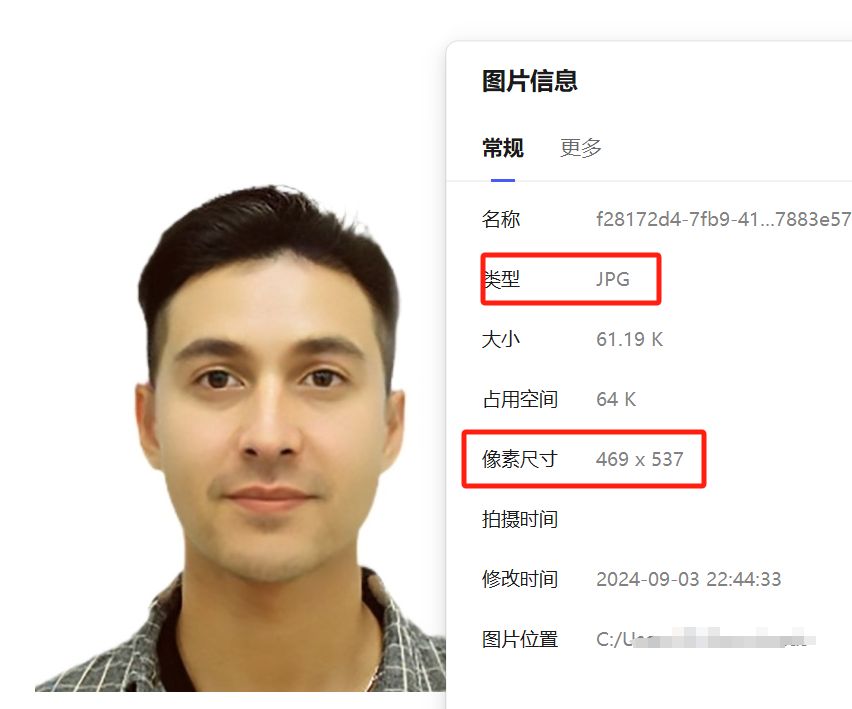
目录
代码分析
1. YOLO 模型加载
2. 视频加载与初始化
3. 视频帧处理
4. 物体检测
5. 处理检测结果
6. 边界框和类别显示
7. 帧率(FPS)计算
8. 结果显示与退出
9. 资源释放
整体代码
效果展示
总结
代码分析
这段代码使用 YOLO(You Only Look Once)模型进行视频中的物体检测,并通过 OpenCV 显示检测结果。以下是代码的详细分析:
1. YOLO 模型加载
net = cv2.dnn.readNet('../../needFiles/yolov3.weights', '../../needFiles/yolov3.cfg')
- 这行代码加载了预先训练的 YOLOv3 模型的权重文件(
yolov3.weights)和配置文件(yolov3.cfg)。YOLOv3 是一个实时物体检测模型,能够检测多个类别的物体。
layer_names = net.getLayerNames()
output_layers = [layer_names[i - 1] for i in net.getUnconnectedOutLayers()]
getLayerNames()获取网络的所有层名称。getUnconnectedOutLayers()返回网络输出层的索引(通常是 YOLO 的 3 个输出层),通过索引列表,获取这些输出层的名称,用于后面的forward方法中。
2. 视频加载与初始化
video_path = 'D:/Dji/DJIneo.mp4'
cap = cv2.VideoCapture(video_path)
- 使用
cv2.VideoCapture来加载视频文件。如果视频路径正确,cap将用于逐帧读取视频。
resize_scale = 0.3
- 定义缩放比例为 0.3,用于后续缩小显示尺寸,以减少计算量。
prev_time = 0
- 初始化变量
prev_time,用于计算帧率(FPS,Frames Per Second)。
3. 视频帧处理
while True:ret, frame = cap.read()if not ret:break
- 逐帧读取视频内容,
cap.read()返回两个值,ret是布尔值表示是否成功读取,frame是当前帧图像。如果无法读取(如视频结束),则退出循环。
frame_resized = cv2.resize(frame, (0, 0), fx=resize_scale, fy=resize_scale)
- 当前帧
frame被缩小到原来的 30%(通过resize_scale),用于加快后续处理。
4. 物体检测
blob = cv2.dnn.blobFromImage(frame_resized, 0.00392, (416, 416), (0, 0, 0), True, crop=False)
net.setInput(blob)
outs = net.forward(output_layers)
- YOLO 模型需要特定格式的输入。
blobFromImage将图像转换为 YOLO 需要的 4D blob,归一化比例为0.00392,图像大小调整为(416, 416)。net.setInput(blob)将处理后的 blob 输入到网络,net.forward(output_layers)得到检测结果。
5. 处理检测结果
class_ids = []
confidences = []
boxes = []
- 初始化三个列表:
class_ids用于存储检测到的物体类别,confidences存储每个物体的置信度,boxes存储边界框的坐标。
for out in outs:for detection in out:scores = detection[5:]class_id = np.argmax(scores)confidence = scores[class_id]if confidence > 0.5:...
- 遍历 YOLO 输出的
outs,每个detection包含检测到的一个物体的信息。检测结果中的前 4 个值是物体的位置信息,后面的值是类别的置信度。np.argmax(scores)找出置信度最高的类别,confidence存储该类别的置信度。如果置信度超过 0.5,则认为该物体被成功检测。
6. 边界框和类别显示
indexes = cv2.dnn.NMSBoxes(boxes, confidences, 0.5, 0.4)
for i in indexes.flatten():x, y, w, h = boxes[i]label = str(class_ids[i])cv2.rectangle(frame_resized, (x, y), (x + w, y + h), (0, 255, 0), 2)cv2.putText(frame_resized, label, (x, y - 10), cv2.FONT_HERSHEY_SIMPLEX, 0.9, (0, 255, 0), 2)
- 使用非极大值抑制(NMS,Non-Maximum Suppression)去除重叠的边界框,减少冗余检测结果。然后,遍历保留下来的边界框,在图像上绘制矩形框和类别标签。
7. 帧率(FPS)计算
current_time = time.time()
fps = 1 / (current_time - prev_time)
prev_time = current_time
cv2.putText(frame_resized, f'FPS: {int(fps)}', (10, 30), cv2.FONT_HERSHEY_SIMPLEX, 1, (255, 0, 0), 2)
- 通过计算两帧之间的时间差,实时计算并显示 FPS,以评估模型的运行效率。
8. 结果显示与退出
cv2.imshow('Object Detection', frame_resized)
if cv2.waitKey(1) & 0xFF == ord('q'):break
- 使用
imshow显示检测结果,按 'q' 键退出循环。
9. 资源释放
cap.release()
cv2.destroyAllWindows()
- 释放视频资源并关闭所有窗口。
整体代码
import cv2
import numpy as np
import time# 加载 YOLO 模型
net = cv2.dnn.readNet('../../needFiles/yolov3.weights', '../../needFiles/yolov3.cfg')
layer_names = net.getLayerNames()
output_layers = [layer_names[i - 1] for i in net.getUnconnectedOutLayers()] # 修正索引问题# 加载视频
video_path = 'D:/Dji/DJIneo.mp4'
cap = cv2.VideoCapture(video_path)# 缩小显示尺寸
resize_scale = 0.3# 初始化时间和帧计数器
prev_time = 0# 处理视频的每一帧
while True:ret, frame = cap.read()if not ret:break# 缩小当前帧frame_resized = cv2.resize(frame, (0, 0), fx=resize_scale, fy=resize_scale)# 检测对象blob = cv2.dnn.blobFromImage(frame_resized, 0.00392, (416, 416), (0, 0, 0), True, crop=False)net.setInput(blob)outs = net.forward(output_layers)# 处理检测结果class_ids = []confidences = []boxes = []for out in outs:for detection in out:scores = detection[5:]class_id = np.argmax(scores)confidence = scores[class_id]if confidence > 0.5: # 置信度阈值center_x = int(detection[0] * frame_resized.shape[1])center_y = int(detection[1] * frame_resized.shape[0])w = int(detection[2] * frame_resized.shape[1])h = int(detection[3] * frame_resized.shape[0])x = int(center_x - w / 2)y = int(center_y - h / 2)boxes.append([x, y, w, h])confidences.append(float(confidence))class_ids.append(class_id)# 应用非极大抑制来去除冗余框indexes = cv2.dnn.NMSBoxes(boxes, confidences, 0.5, 0.4)for i in indexes.flatten(): # 展平索引x, y, w, h = boxes[i]label = str(class_ids[i])cv2.rectangle(frame_resized, (x, y), (x + w, y + h), (0, 255, 0), 2)cv2.putText(frame_resized, label, (x, y - 10), cv2.FONT_HERSHEY_SIMPLEX, 0.9, (0, 255, 0), 2)# 计算 FPScurrent_time = time.time()fps = 1 / (current_time - prev_time)prev_time = current_time# 显示 FPScv2.putText(frame_resized, f'FPS: {int(fps)}', (10, 30), cv2.FONT_HERSHEY_SIMPLEX, 1, (255, 0, 0), 2)# 显示结果cv2.imshow('Object Detection', frame_resized)# 按 'q' 键退出if cv2.waitKey(1) & 0xFF == ord('q'):break# 释放资源
cap.release()
cv2.destroyAllWindows()
效果展示
YOLOV3实现目标识别
总结
这,呃,不总结了



















